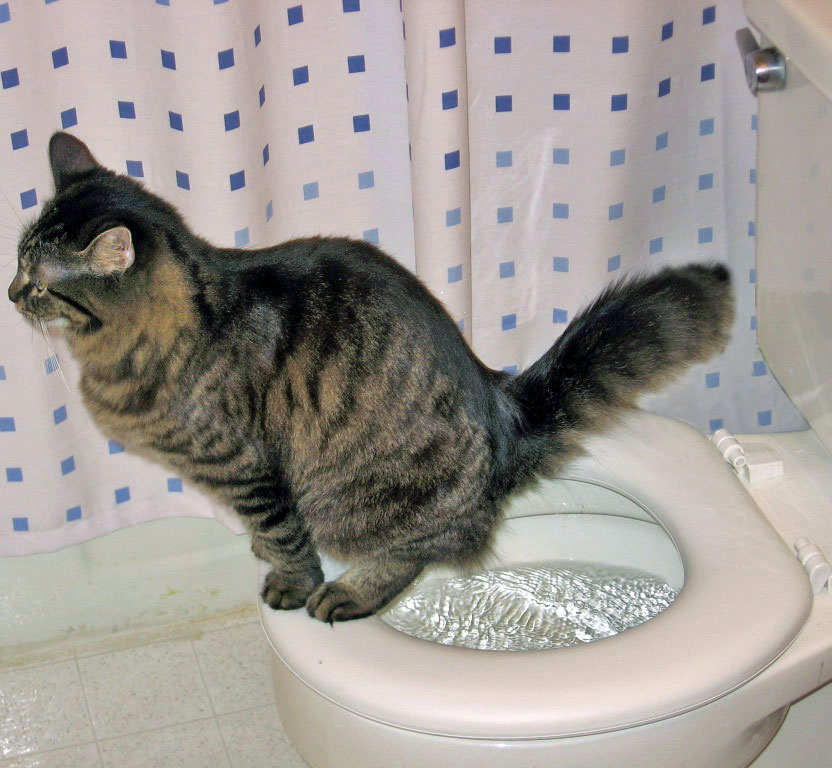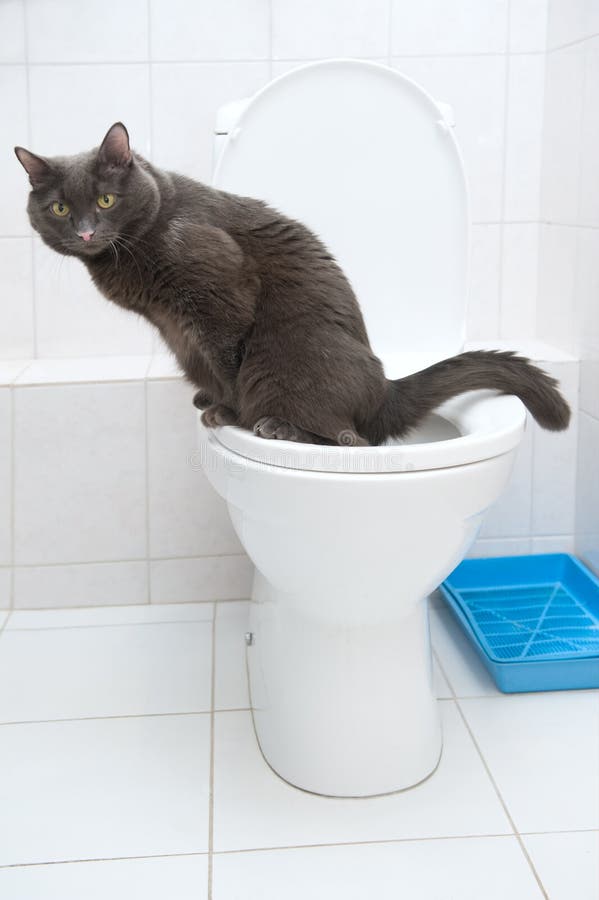Don't Flush Cat Poop Down Your Toilet - Preserve Your Home's Plumbing Integrity
Don't Flush Cat Poop Down Your Toilet - Preserve Your Home's Plumbing Integrity
Blog Article
What're your insights and beliefs on Can You Flush Cat Poo or Litter Down the Toilet??

Introduction
As pet cat owners, it's vital to bear in mind how we take care of our feline pals' waste. While it might seem hassle-free to flush feline poop down the commode, this method can have destructive consequences for both the setting and human health and wellness.
Ecological Impact
Flushing feline poop presents hazardous virus and parasites right into the supply of water, presenting a significant threat to water ecological communities. These contaminants can adversely influence marine life and compromise water high quality.
Wellness Risks
In addition to environmental worries, purging cat waste can likewise present wellness risks to people. Feline feces might contain Toxoplasma gondii, a parasite that can trigger toxoplasmosis-- a possibly extreme disease, especially for expectant females and individuals with weakened immune systems.
Alternatives to Flushing
Luckily, there are more secure and extra responsible ways to get rid of pet cat poop. Take into consideration the following alternatives:
1. Scoop and Dispose in Trash
The most common technique of getting rid of pet cat poop is to scoop it right into a biodegradable bag and toss it in the trash. Be sure to utilize a specialized litter scoop and take care of the waste immediately.
2. Use Biodegradable Litter
Opt for biodegradable pet cat clutter made from materials such as corn or wheat. These clutters are environmentally friendly and can be safely disposed of in the trash.
3. Hide in the Yard
If you have a lawn, think about burying feline waste in a designated area far from veggie gardens and water sources. Make certain to dig deep sufficient to prevent contamination of groundwater.
4. Set Up a Pet Waste Disposal System
Purchase a family pet waste disposal system particularly developed for cat waste. These systems use enzymes to break down the waste, reducing smell and ecological effect.
Verdict
Accountable family pet ownership extends past giving food and sanctuary-- it also involves correct waste monitoring. By refraining from flushing cat poop down the commode and selecting alternate disposal methods, we can decrease our ecological footprint and protect human wellness.
Why Can’t I Flush Cat Poop?
It Spreads a Parasite
Cats are frequently infected with a parasite called toxoplasma gondii. The parasite causes an infection called toxoplasmosis. It is usually harmless to cats. The parasite only uses cat poop as a host for its eggs. Otherwise, the cat’s immune system usually keeps the infection at low enough levels to maintain its own health. But it does not stop the develop of eggs. These eggs are tiny and surprisingly tough. They may survive for a year before they begin to grow. But that’s the problem.
Our wastewater system is not designed to deal with toxoplasmosis eggs. Instead, most eggs will flush from your toilet into sewers and wastewater management plants. After the sewage is treated for many other harmful things in it, it is typically released into local rivers, lakes, or oceans. Here, the toxoplasmosis eggs can find new hosts, including starfish, crabs, otters, and many other wildlife. For many, this is a significant risk to their health. Toxoplasmosis can also end up infecting water sources that are important for agriculture, which means our deer, pigs, and sheep can get infected too.
Is There Risk to Humans?
There can be a risk to human life from flushing cat poop down the toilet. If you do so, the parasites from your cat’s poop can end up in shellfish, game animals, or livestock. If this meat is then served raw or undercooked, the people who eat it can get sick.
In fact, according to the CDC, 40 million people in the United States are infected with toxoplasma gondii. They get it from exposure to infected seafood, or from some kind of cat poop contamination, like drinking from a stream that is contaminated or touching anything that has come into contact with cat poop. That includes just cleaning a cat litter box.
Most people who get infected with these parasites will not develop any symptoms. However, for pregnant women or for those with compromised immune systems, the parasite can cause severe health problems.
How to Handle Cat Poop
The best way to handle cat poop is actually to clean the box more often. The eggs that the parasite sheds will not become active until one to five days after the cat poops. That means that if you clean daily, you’re much less likely to come into direct contact with infectious eggs.
That said, always dispose of cat poop in the garbage and not down the toilet. Wash your hands before and after you clean the litter box, and bring the bag of poop right outside to your garbage bins.
https://trenchlesssolutionsusa.com/why-cant-i-flush-cat-poop/

As a serious reader about Can You Flush Cat Poo or Litter Down the Toilet?, I figured sharing that piece was a good thing. Do you know about someone else who is inquisitive about the niche? Be sure promote it. Thanks a lot for your time. Come back soon.
Book With Us Today! Report this page